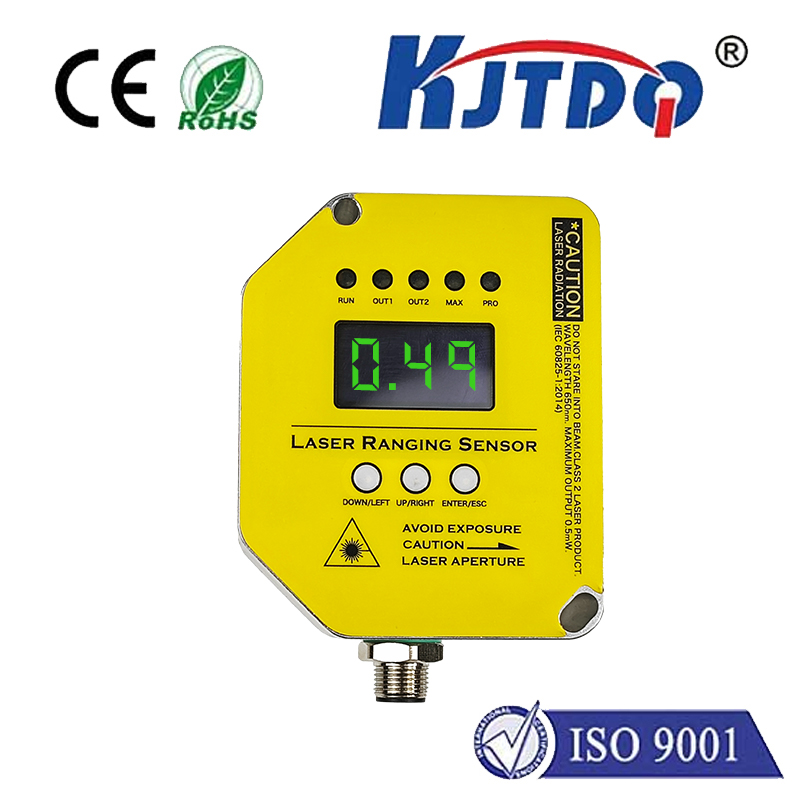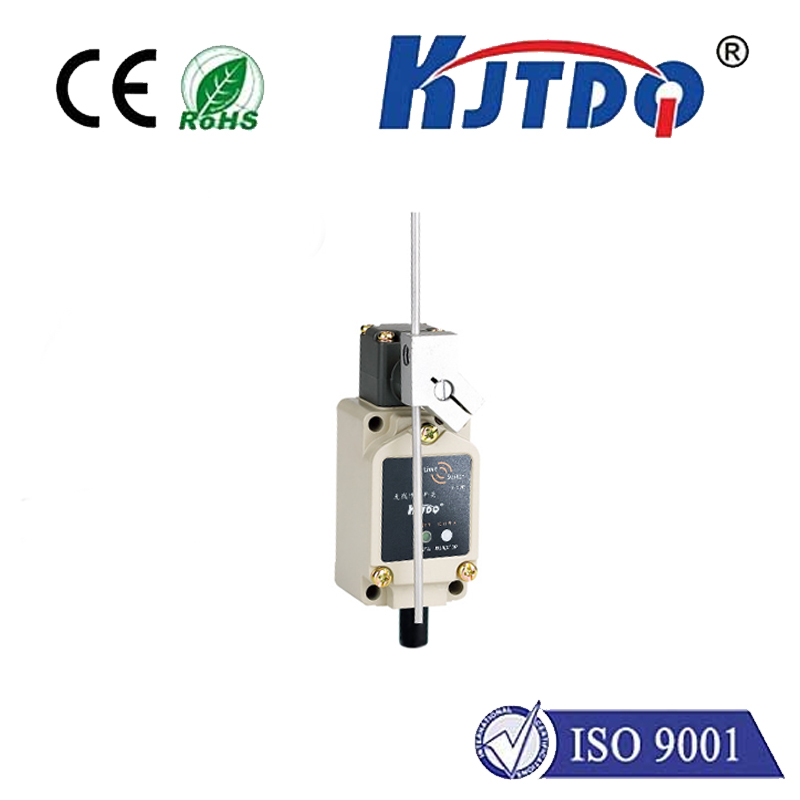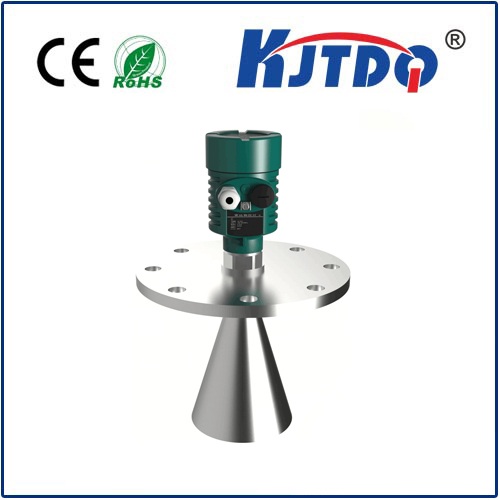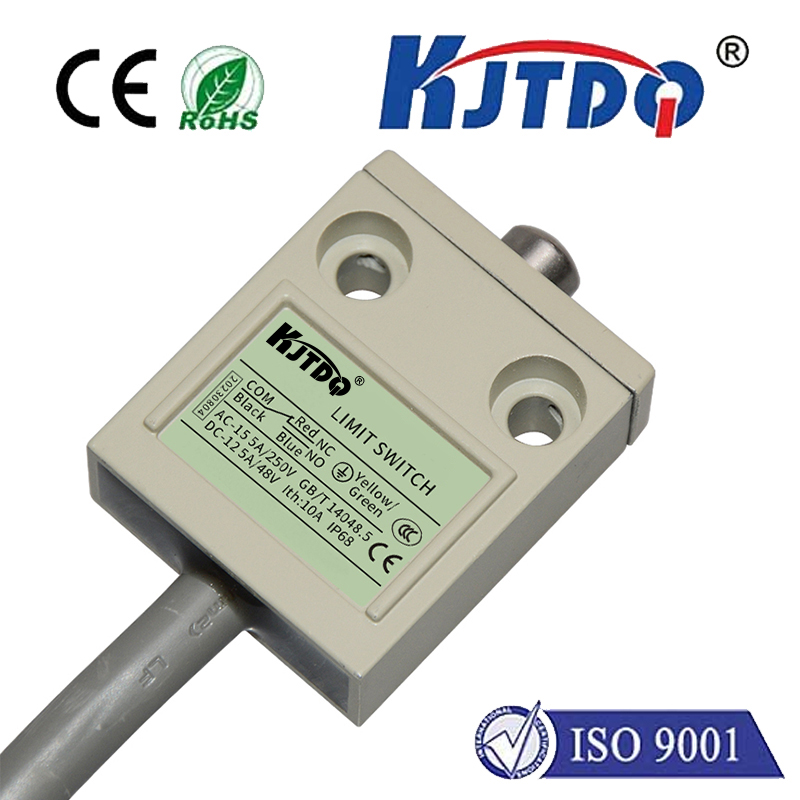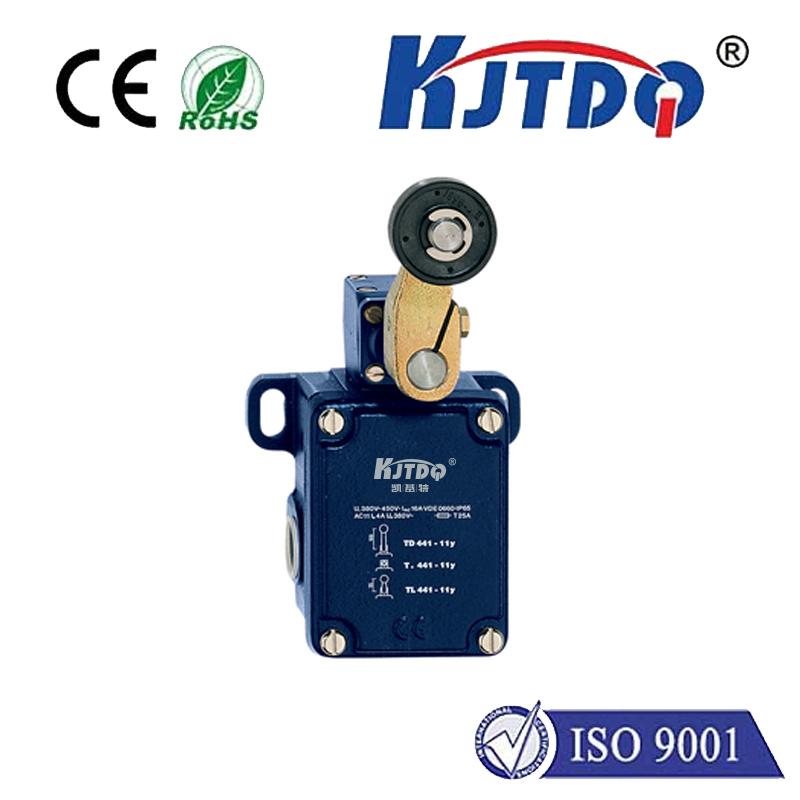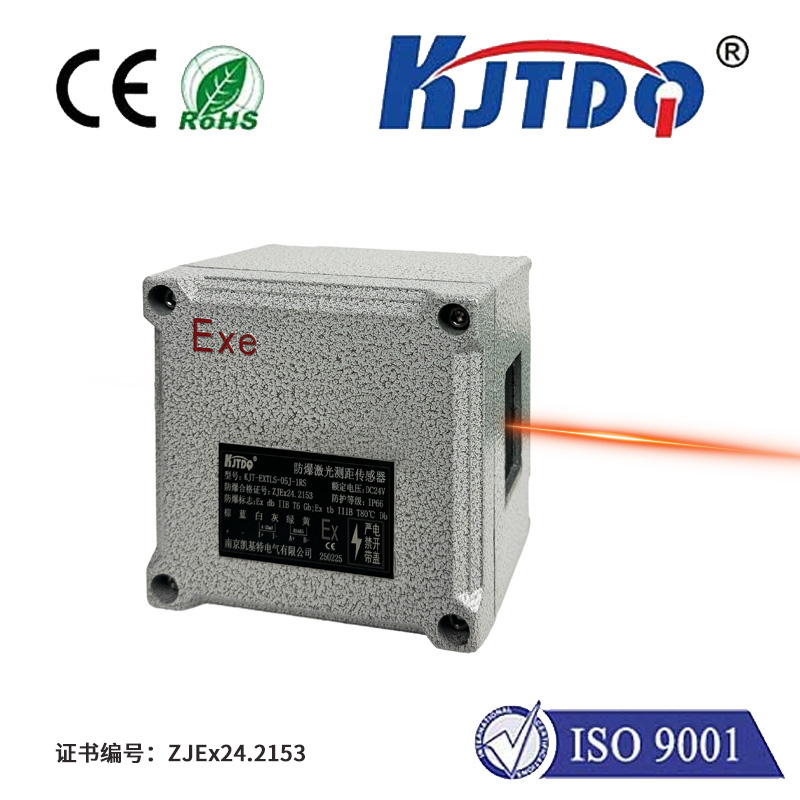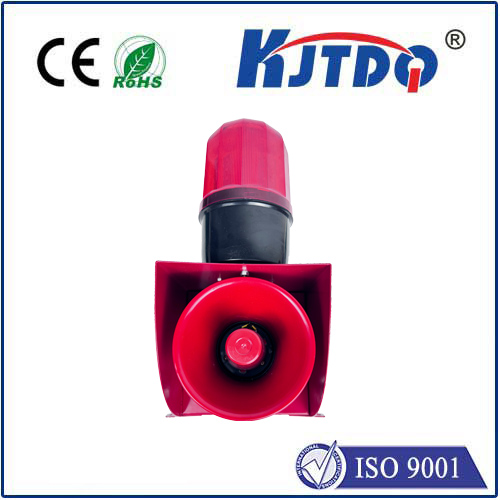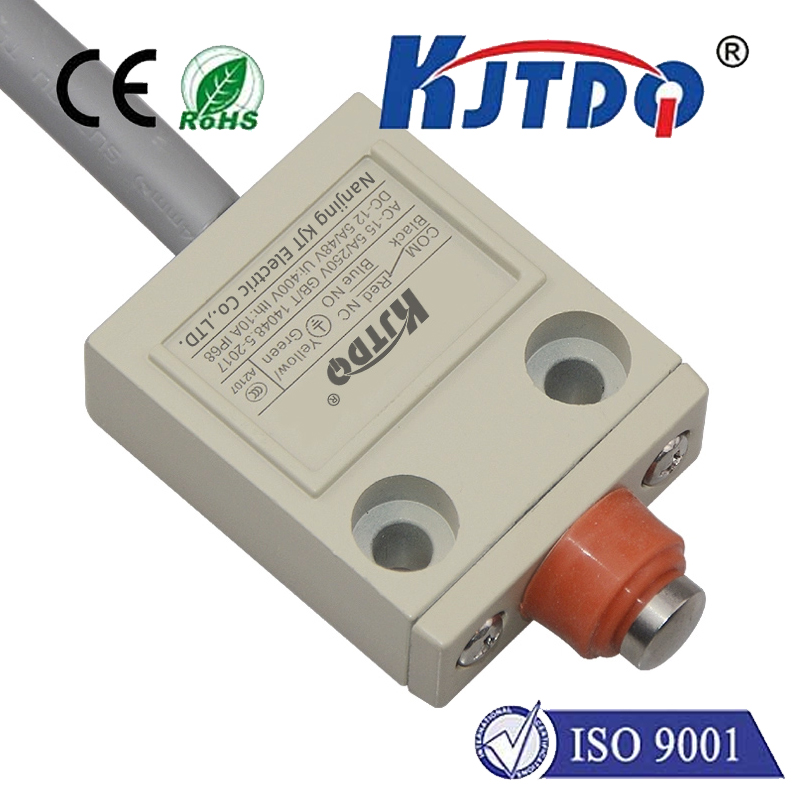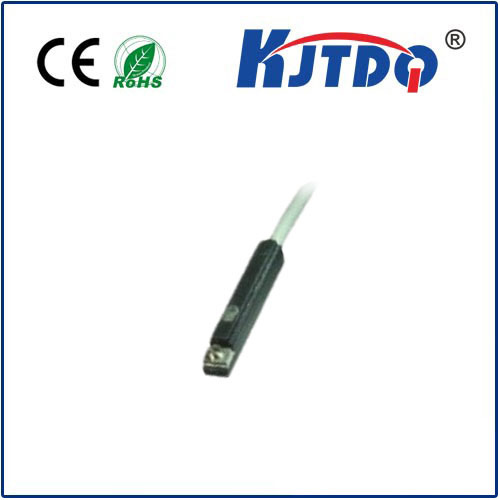
check

check

check

check
Title: Understanding the Role of Limit Switches in Crane Operations
Introduction to Cranes and Limit Switches
Crane operation is a complex process that demands precision, safety, and efficiency. At its core, a crane is a mechanical device used for lifting and moving heavy loads. To ensure safe and controlled movement of the load, cranes are equipped with various safety devices, one of which is the limit switch. In this article, we will explore the role of limit switches in crane operations and their importance in maintaining safety on construction sites.
Definition and Function of Limit Switches
A limit switch is a mechanical device that detects the contact between two moving parts. When these parts come into contact, the switch is activated, signaling an end to the operation. Limit switches are commonly found in many types of machinery, including cranes, industrial machinery, and automobiles. In cranes, limit switches are typically located near the hoist wire or rope, allowing the operator to monitor the position of the load relative to the ground.
Types of Limit Switches Used in Cranes
There are two main types of limit switches used in cranes: open-circuit and closed-circuit switches. Open-circuit switches are designed to trigger an alarm when the contacts are made or broken, while closed-circuit switches do not produce an audible signal but instead send a signal to a control system. The type of limit switch used depends on the specific requirements of the crane and the operating environment.
Role of Limit Switches in Crane Safety
Limit switches play a critical role in ensuring safety during crane operations. Here are some examples of how they help maintain safety:
1. Preventing Overload: By monitoring the position of the load relative to the ground, limit switches help prevent overloading of the crane's hoist mechanism. If the load exceeds the capacity of the crane, the limit switch will trigger an alarm, preventing any further damage to the equipment or personnel.
2. Ensuring Proper Hoisting: Limit switches also help operators determine whether the hoist cable is being lifted correctly. For example, if the hoist cable is too tight or too loose, it can cause strain on the machine or lead to unexpected movements of the load. By monitoring the contact between the hoist cable and the limit switch, operators can correct any issues before they become hazardous.
3. Preventing Tripping Circuit Breakers: Limit switches help prevent tripping of circuit breakers in the crane's control system. If there is a power failure or other issue affecting the circuit, the limit switch will detect the problem and prevent further damage to the machine or its components.
Conclusion
In conclusion, limit switches are a crucial safety device in crane operations. They help prevent overloading, ensure proper hoisting, and protect against power failures by detecting any issues that may arise during use. By understanding the role of limit switches in crane safety, operators and maintenance personnel can work together to create safe and efficient working environments on construction sites.

